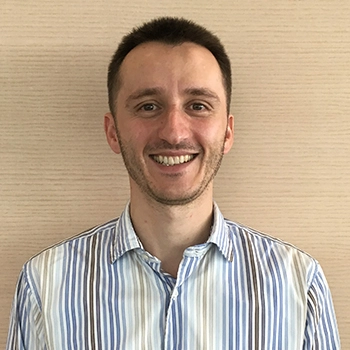
Chemical Biology & Therapeutics
Basel, Switzerland
Our objective is to use computational analysis to further the understanding of the pathophysiology of extracellular matrix biology in the context of fibrotic disease. A shared theme across fibrosis in different organs, non-healing wounds, and over-healing wounds (keloids) is the dysregulation of the homeostatic fibroblast/myofibroblast equilibrium. We want to better understand this pathophysiology on a molecular level and develop new approaches aimed at finding innovative treatments for this disease group.
Multiple ongoing efforts focus on the modulation of dysregulated extracellular matrix production. Specifically, current projects for liver disease have produced large quantities of data that span from RNAseq of individual cell populations of the liver to data from preclinical animal models of liver disease. Similarly, public (and available licensed) databases contain in excess of 500 transcriptomics studies focusing on different aspects of fibrosis, such as characterization of patient-derived tissue and assessment of transcriptomic changes upon perturbation. We aim to generate a comprehensive understanding of conserved homeostatic and disease processes of relevance to fibrosis across different organs. These data will allow us to derive tissue-specific disease signatures of the malfunctioning processes and pathways, use these signatures for computational repurposing approaches, and pursue their experimental validation.
Our group works in close collaboration with wet-lab experts on relevant biology, is highly interdisciplinary, and uses innovative computational approaches to combine and contextualize data from current state-of-the-art disease-relevant organotypic systems, (single-cell) molecular profiling, and low-molecular weight and genetic screening. Through these novel analyses, we aim to define new starting points for drug discovery.
Selected Publications
Multidimensional pooled shRNA screens in human THP-1 cells identify candidate modulators of macrophage polarization.
Surdziel E, Clay I, Nigsch F, Thiemeyer A, Allard C, Hoffman G, Reece-Hoyes JS, Phadke T, Gambert R, Keller CG, Ludwig MG, Baumgarten B, Frederiksen M, Schübeler D, Seuwen K, Bouwmeester T, Fodor BD.
PLoS One. 2017 Aug 24;12(8):e0183679.
Evidence-based and quantitative prioritization of tool compounds in phenotypic drug discovery.
Wang Y, Cornett A, King FJ, Mao Y, Nigsch F, Paris CG, McAllister G, Jenkins JL.
Cell Chem Biol. 2016 Jul 21;23(7):862-74.
The RSPO-LGR4/5-ZNRF3/RNF43 module controls liver zonation and size.
Planas-Paz L, Orsini V, Boulter L, Calabrese D, Pikiolek M, Nigsch F, Xie Y, Roma G, Donovan A, Marti P, Beckmann N, Dill MT, Carbone W, Bergling S, Isken A, Mueller M, Kinzel B, Yang Y, Mao X, Nicholson TB, Zamponi R, Capodieci P, Valdez R, Rivera D, Loew A, Ukomadu C, Terracciano LM, Bouwmeester T, Cong F, Heim MH, Forbes SJ, Ruffner H, Tchorz JS.
Nat Cell Biol. 2016 May;18(5):467-79.
Click here for additional publications.